The Indian Air Force (IAF) today, having completed the Platinum Jubilee of dedicated service to the nation, is a modern, technology-intensive force distinguished by its commitment to excellence and professionalism.

Keeping pace with the demands of contemporary advancements, the IAF continues to modernise in a phased manner and today it stands as a credible air power counted amongst the foremost professional services in the world.

The primacy of Air Power will be a decisive factor in shaping the outcome of future conflicts. In line with this dictum, the Indian Air Force (IAF) has developed into a major ‘Component of National Power’, which can be applied quickly and decisively. The IAF has reoriented itself to a multi-role capability of platforms and equipment, along with the multi-skill capability of personnel. The rapid economic growth of the country dictates the need to protect our security interests extending from the Persian Gulf to the Straits of Malacca.

The backbone of the Indian Air force is formed by different aircraft ranging from helicopters to fighter aircraft and UAVs to Reckon Aircraft which play an important role in meeting the mission demands of the organisation. These aircraft are made part of the organisation after rigorous inspection and configurations at different levels.
The task of testing these aerial beasts is lent to the Test pilots of the Indian Air Force. These pilots form one of the most elite groups of the Indian Air Force and are selected after a stringent procedure and a long year course regarding the same.

These pilots are trained to fly and test most of the aircraft, which are part of the fleet of the Indian Air Force, and also induct aircraft which are to be newly inducted into the fleet. The responsibility of training these elite group of pilots is on the shoulders of IAF Test Pilots School and is one among the eight recognized test pilots school in the world to impart flight test training.
Beginning of the school :
The IAF Test Pilot school has a very humble beginning and the journey has been spectacular to date. During the early origin years in 1932, there was no requirement for specialised flight testing in the Indian Air Force, the need to raise a testing unit came up with the purchase of the Folland Gnat Mk I.
In April 1957, this became the Aircraft & Armament Testing Unit (A&ATU) and was stationed at Kanpur in Uttar Pradesh. The training of Indian test pilots began with two pupils attending the Empire Test Pilots School (ETPS) in the UK in 1949. Thereafter several pilots were trained in UK, France and the USA.

In August 1972, A&ATU was upgraded to Aircraft and Systems Testing Establishment (ASTE) with the addition of the task of training flight-testing crew and moved to Bengaluru, the capital of aviation in the year 1973.
In 1972, the Aircraft and Systems Testing Establishment (ASTE) first started training pilots of the Indian Air Force for production testing. Three years later, senior ASTE officers visited Empire Test Pilot School and studied its training methods. These were eventually used to start a course for experimental test flying in 1976.
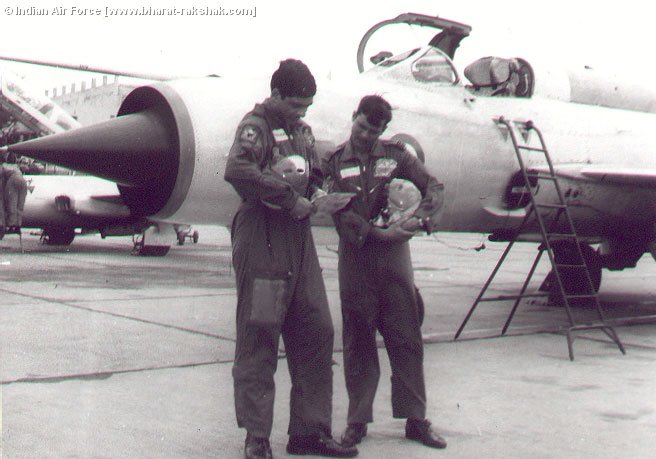
The Air Force Test Pilots schools is now a premier institute imparting training to flight test crew, to meet the requirements of the Indian Air Force, the Indian Navy, the Indian Army and various other non-military organisations involved with aviation. The test pilots and flight test engineers are trained by AFTPS to work as a cohesive flight test team. There is a common saying in the organisation: “We turn pilots to half engineers and engineers to half pilots.”

Location of the School :
The Indian Air Force Test Pilots School is co-located with the Aircraft and Systems Training Establishment in Bangalore and is nearby of various aerospace research and development establishments, as well as aircraft design and manufacturing facilities, which include Hindustan Aeronautics, limited and also various agencies of DRDO.
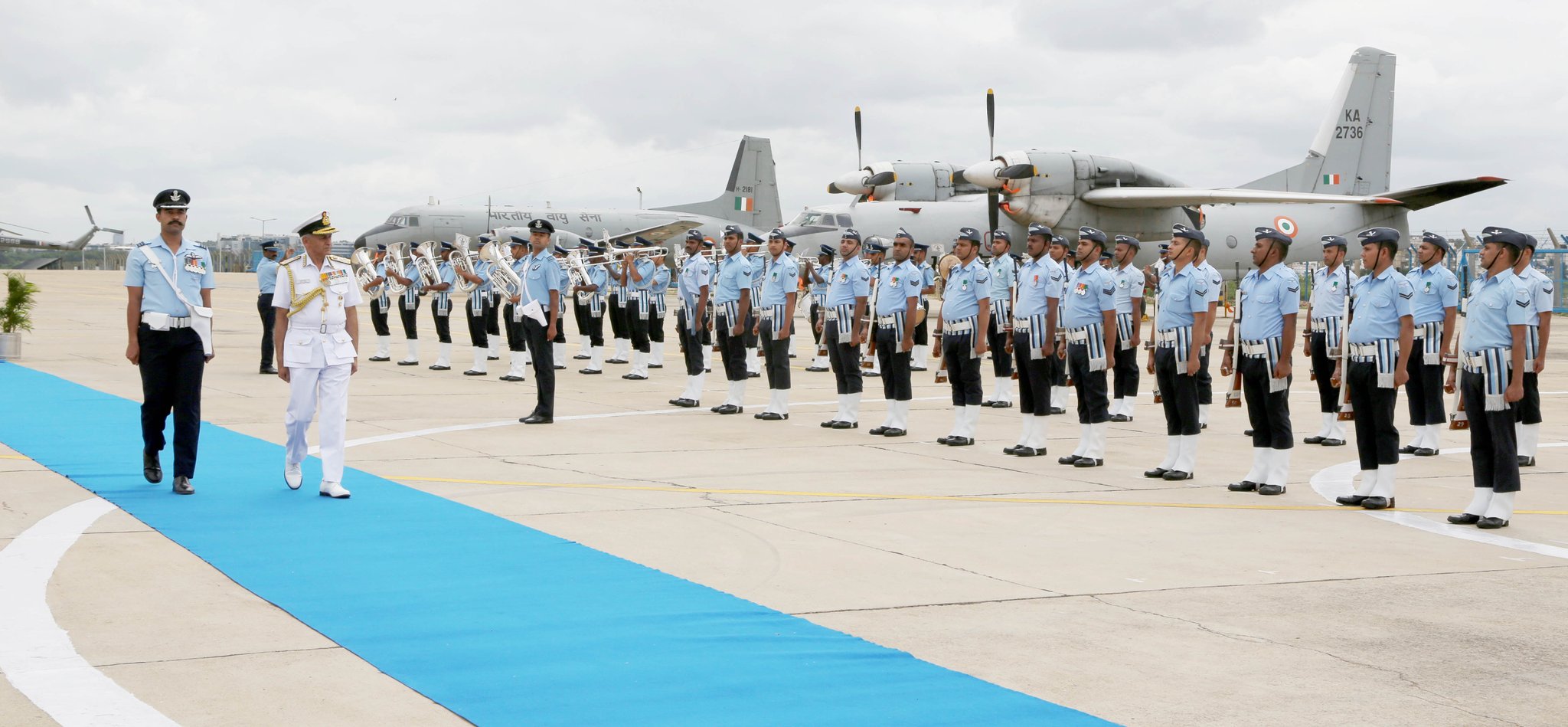
The combination of flight testing, training and professionalism make ASTE Indian Air Force’s mini-Edward’s Air Force Base (USA) or Boscombe Down (UK).
Selection:
In the beginning years, the pilots were handpicked depending on their skill sets and mental adaptability to go for the course.

Over years, the volunteers who wish to join the school are selected after strict selection procedures in which the knowledge, adaptability, decision-making skills, patience, and other abilities are checked.
Course structure:
The Indian Air Force Test Pilots School runs 46-week long concurrent Flight Test Courses (FTC) for pilots, test engineers and instrumentation engineers. The courses are rigorous and intense in themselves but the exposure and the skills which they impart to the trainees is priceless.
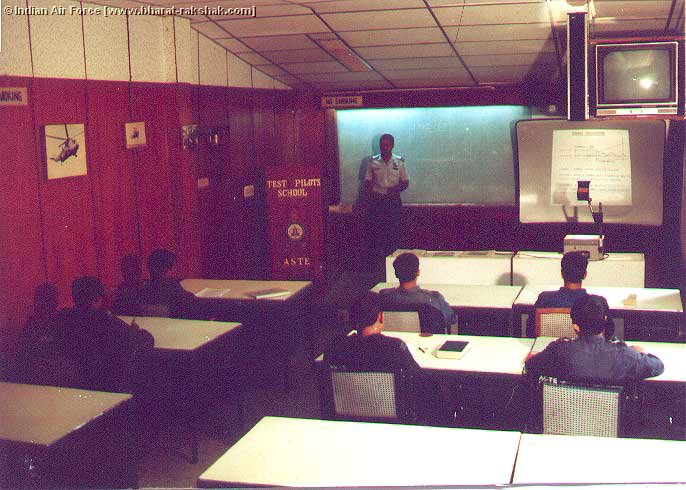
The training opens new horizons for the pilots and engineers which many of them even don’t know about. When the trainees are properly trained they are aware of all the elements involved in designing as well as flight testing of an aircraft or a system.
Emphasis is laid on working together as a flight test team. The essential ingredients of training are: –
* Foundation of engineering concepts.
* Precision and Safety in flying
* Specialisation in concerned areas of expertise in the respective streams.
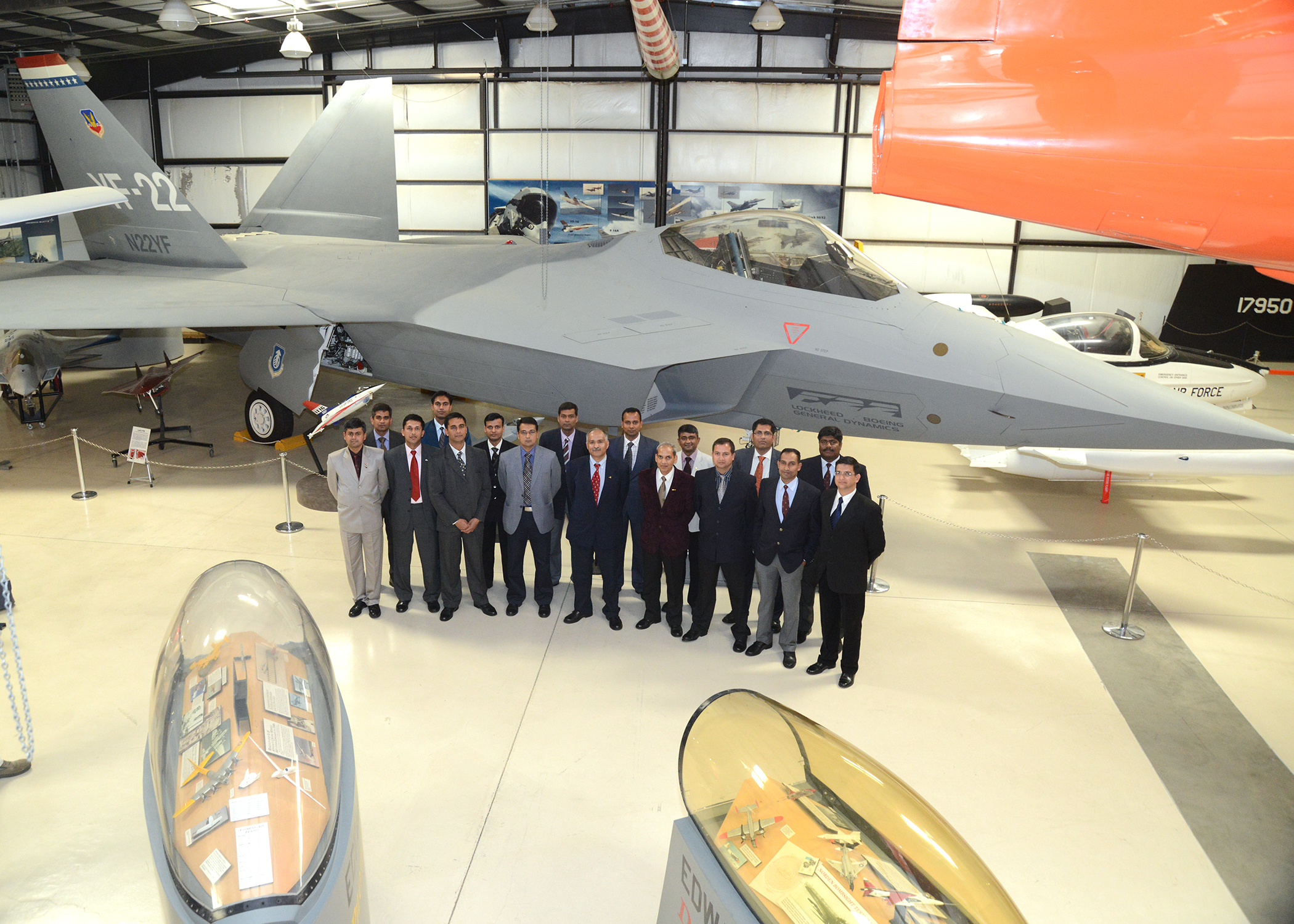
To cope up with the increasing modernisation and also deal with intensive technologies the courses are divided into :
- Fixed Wing Test Pilots.
- Rotary Wing Test Pilots.
- Fixed Wing Flight Test Engineers.
- Rotary Wing Flight Test Engineers.
- Flight Test Engineers From the Avionics Stream.
- Flight Test Instrumentation Engineers.
The courses at Indian Air Force Test Pilots School are amalgamations of both practical and theoretical aspects. Trained personnel act as the link between both the operator and the designer. The courses include over 500 hours of lectures and 100 to 150 hours of flying on a wide variety of aircraft.
The peculiar feature about this school is that the pilots are trained both on the eastern(Russian) and western manufactured aircraft and even on the Indian made machines.
Visits and Student Exchange Programmes:
During the course, students are taken to the premier aeronautical industries and also R&D organisations within India on study tours. A visit to one or two leading flight test schools and several aeronautical industries abroad is also arranged. As a part of the curriculum, guest lectures are given by eminent personalities in the field of aviation research and development. These help students become aware of the latest trends in aviation. They get better prepared for when they would enter the world of flight testing.

The students are taken to various bases of the Indian Air Force on a visit and given exposure to many other in-service aircraft types. As a part of their training, they also fly and evaluate flight simulators of Boeing 737, Airbus 300, Airbus 320 and the Air Combat Simulator. They are also allowed to fly variable stability aircraft during their study tour abroad and in various exchange programmes with different countries.
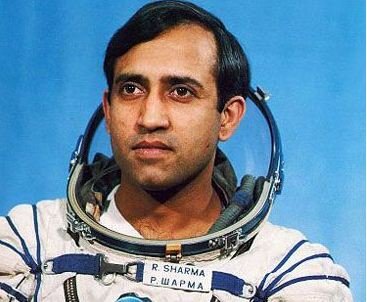
Squadron leader Rakesh Sharma, who was the first Indian to go into space was also trained from this school and was a test pilot.
Suranjan Das Dinner :
When the trainees complete the year of rigorous training, utilising all their physical and mental strength they successful students pass out at a formal dining-in-night.
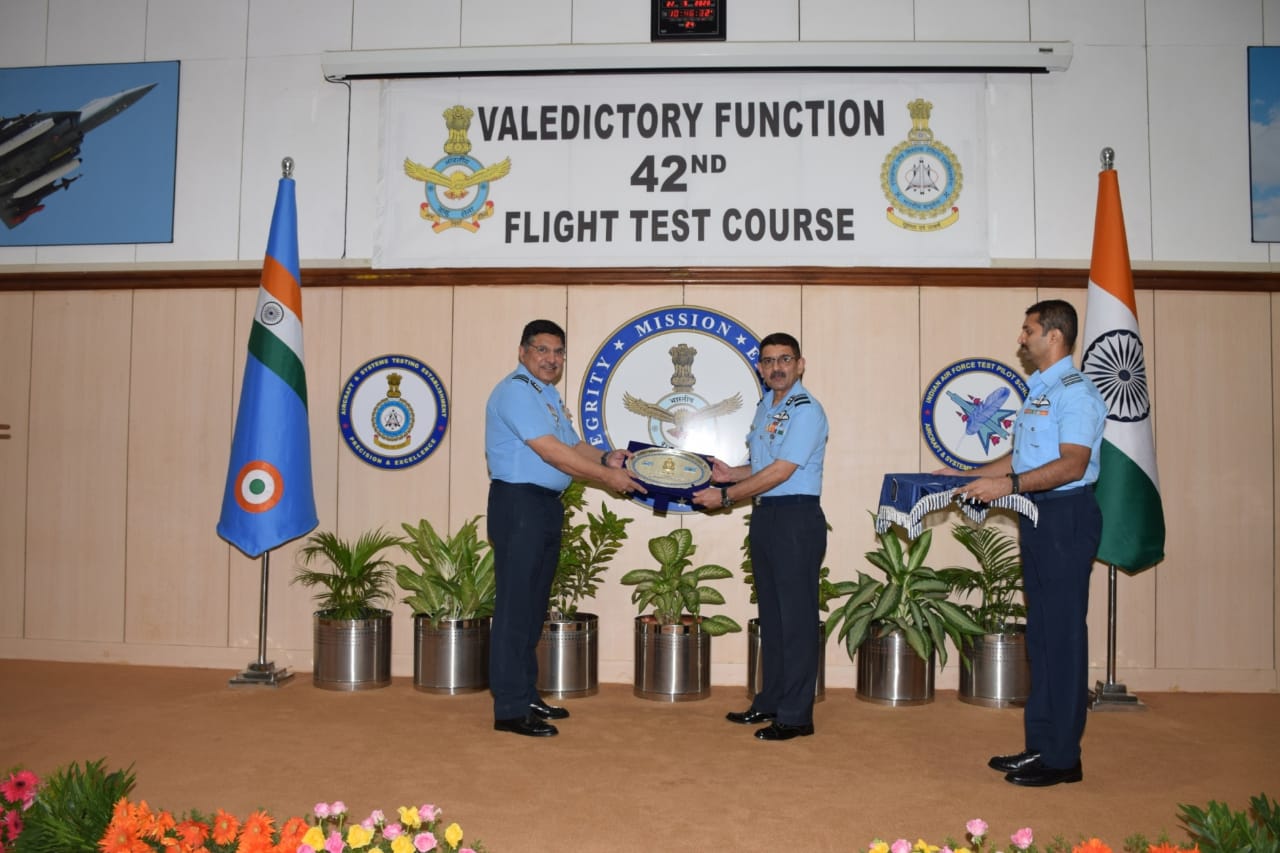
The tradition has been passed on from Empires Pilot training school the UK where it is called as McKenna Dinner and here in India, the ceremony is named after the Late Group Captain Suranjan Das who was the chief test pilot of HAL. The dinner is followed by awarding of graduation certificates to the passing out students and the Suranjan Das Trophy donated by HAL is awarded to the pilot standing first on the course.

The passing out candidates from the school have excellence in their technical knowledge and prove the motto of the school ‘सूक्ष्मता एवं उत्कर्ष’ which means “precision and excellence”.
So if you wish to join the flyboys and prove your mettle in all the types of aircraft, Indian Air Force Test Pilots School is the way to go, but before that, you need to be a part of the prestigious Indian Air Force.




